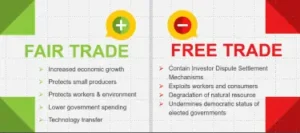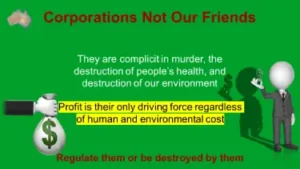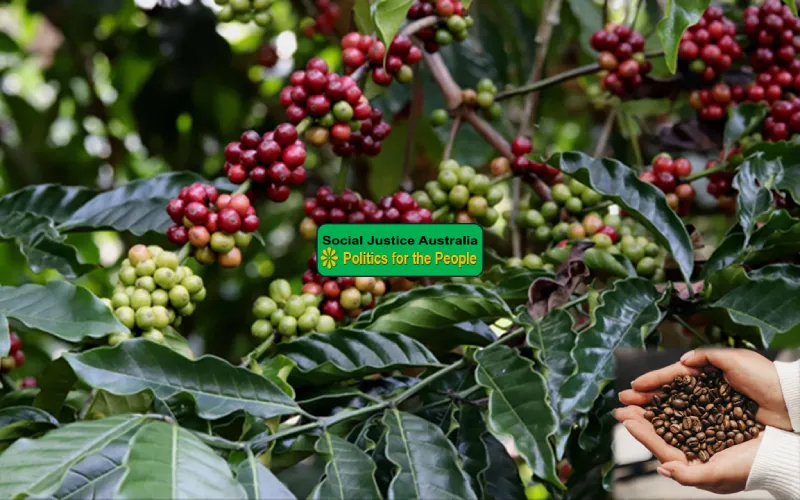Description
Fair trade challenges threaten ethical progress. Uncover what’s behind the label—and why fair trade is still essential for people and the planet.
Introduction: The Promise and the Problem
Picture this: It’s a crisp morning in the highlands of Peru. A small-scale coffee farmer, Maria begins her day by checking her crops. For over a decade, she’s been part of a fair-trade cooperative—an alliance that once promised stability and empowerment. But as global markets shift and prices fall, Maria wonders: “Is fair trade still enough to protect my family’s future?”
You might assume that products marked “fair trade” ensure justice for farmers and transparency for consumers. And while that’s often true, the reality is far more complex.
Fair trade was created to challenge exploitative global trade. But now, it’s facing its own challenges—from corporate greenwashing to certification loopholes and shifting consumer trust.
was created to challenge exploitative global trade. But now, it’s facing its own challenges—from corporate greenwashing to certification loopholes and shifting consumer trust.
This guide takes you behind the label. We’ll explore the problems, emotional consequences, and solutions—with stories, historical insights, and a call to reclaim the purpose behind fair trade.
When Good Intentions Meet Market Forces
Fairtrade began as a powerful movement to address global inequalities. But even the most well-intended systems can falter under modern pressures.
1. Market Saturation and Corporate Greenwashing
 In the early 2000s, fair trade certification boomed. Major retailers like Nestlé, Starbucks, and Cadbury began incorporating fair trade products into their lines. While this seemed like a win, it introduced problems.
In the early 2000s, fair trade certification boomed. Major retailers like Nestlé, Starbucks, and Cadbury began incorporating fair trade products into their lines. While this seemed like a win, it introduced problems.
Corporations began using fair trade as a marketing tool—without fully committing to its principles. One chocolatier was quoted saying: “We added one fair trade line to silence critics, not to change sourcing.”
This kind of tokenism dilutes the fair-trade message and confuses consumers, making it harder for ethical brands to stand out.
2. Certification Loopholes
Fairtrade certification is often expensive and bureaucratic. Small producers struggle to keep up with evolving standards, and some drop out altogether. Meanwhile, larger companies can afford certification, even if only a tiny part of their business is fair trade.
This raises a vital question: How can consumers tell what is when everything is labelled ‘ethical’?
3. Pricing Pressures
Despite the promise of fair pricing, many farmers still face volatile markets. Fairtrade smallest prices often do not keep up with inflation or production costs. The burden shifts back to producers—like Maria—who shoulder risk without reaping the rewards.
4. Consumer Fatigue
Today’s consumers are overwhelmed. Organic, sustainable, cruelty-free, carbon-neutral… the labels stack up. Fairtrade must work harder to keep visibility and relevance in a saturated space as ethical consumerism expands.
The Emotional Toll Behind the Labels
Fairtrade was supposed to be a beacon of hope. But what happens when the system fails those it was meant to uplift?
Meet Joseph, a tea grower in Kenya. A decade ago, his cooperative joined the fair-trade system. He was optimistic: “They told us our children would go to school that our prices would be fair, and we’d finally escape poverty.”
But the reality has been mixed. Certification costs climbed. Buyers demanded volume increases without matching pay. And the premiums—meant for community development—were often delayed or undercut. Emotionally, Joseph feels abandoned. “We do everything right. We follow the rules. Yet, we’re still poor.”
This sense of betrayal is common. And it’s not limited to producers. Ethical consumers—especially young Australians—are also losing faith.
Lena, a university student in Brisbane, reflected: “I used to pay more for fair trade chocolate. But then I read how little of it reaches the farmer. It feels like a scam.”
If both producers and consumers feel disillusioned, what becomes of the movement?
Reclaiming the Spirit of Fair Trade
Despite the challenges, fair trade can evolve. Around the world, new models revive the movement’s original purpose.
1. Transparent Trade Models
Some cooperatives are bypassing certification agencies entirely. They focus instead on direct trade, building long-term relationships between producers and buyers. These models cut bureaucracy, increase farmers’ profits, and create powerful human connections.
In Colombia, Café Femenino is a women-led coffee project that ensures all proceeds return directly to the women farmers. Their slogan? Empowering women, one bean at a time.
2. Community-Led Certification
Organisations like Fair for Life now offer alternatives to mainstream fair trade. They emphasise participatory audits, transparency, and grassroots involvement—ensuring that the people affected by trade decisions have a seat at the table.
3. Consumer Re-education
The future of fair trade depends on educated consumers. Ethical buying must go beyond logos. Websites like Fair World Project help consumers learn which certifications matter—and which companies truly live the values.
Oxfam and Ethical Consumer Australia provide up-to-date shopping guides, brand reports, and action campaigns in Australia.
4. Government Support
Some countries are stepping up. Belgium and the Netherlands have included fair trade policies in public procurement standards. Could Australia do the same? Absolutely. It’s time our public money went toward ethical and sustainable trade.
5. Linking to Australia’s Dollar Sovereignty
Because Australia is the sovereign issuer of its currency, it has the fiscal capacity to support ethical trade initiatives at scale. Instead of relying on volatile markets or corporate donations, the federal government can fund programs that strengthen fair trade networks, provide grants to cooperatives, and ensure sustainable economic partnerships across the Global South.
This is not charity. It’s justice.
A Movement Worth Fighting For
For decades, fair trade stood as a symbol of what ethical trade could look like. But complacency, corporate influence, and economic pressure have weakened its impact. Still, it’s not too late.
With greater transparency, local empowerment, informed consumers, and support from currency-sovereign governments like Australia, the future of fair trade can be reclaimed.
The stakes are high. Not just for Maria in Peru or Joseph in Kenya—but for all of us who believe trade should serve people, not just profits.
Q&A: Fair Trade Challenges Today
Q1: Is fair trade still relevant in 2025?
Yes—but it needs reform. While some certification bodies have become lax, new grassroots models are reclaiming ethical trade from the ground up.
Q2: How can I be sure my fair-trade purchase is truly ethical?
Look beyond labels. Research the brands. Check whether they work with transparent cooperatives or reinvest profits into their supply chain communities.
Q3: Can Australia play a role in supporting fair trade globally?
Absolutely. Australia can fund fair trade partnerships, ethical sourcing programs, and consumer education without relying on taxes or debt as a currency-sovereign nation.
Question for Readers
Have you ever felt misled by an ‘ethical’ product label? What did you learn from that experience?
Get Involved, Stay Informed
If you found this article insightful, explore more about political reform and Australia’s monetary sovereignty at Social Justice Australia:🌐 https://socialjusticeaustralia.com.au/
📢 Share this article with your community to help drive the conversation toward a more just and equal society.
💬 Click on our “Reader Feedback” menu: Please let us know how our content has inspired you. Submit your testimonial and help shape the conversation today!
💡 Leave a comment below this article. We’d love to hear your voice.
Support Social Justice Australia – Help Keep This Platform Running
Social Justice Australia is committed to delivering independent, in-depth analysis of critical issues affecting Australians. Unlike corporate-backed media, we rely on our readers to sustain this platform.
If you find value in our content, consider making a small donation to help cover the costs of hosting, maintenance, and continued research. No matter how small, every contribution makes a real difference in keeping this site accessible and ad-free.
💡 Your support helps:
✅ Keep this website running without corporate influence
✅ Fund research and publishing of articles that challenge the status quo
✅ Expand awareness of policies that affect everyday Australians
💰 A one-time or monthly donation ensures Social Justice Australia stays a strong, independent voice.
🔗 Donate Now
Thank you for being part of this movement for change. Your support is truly appreciated!

